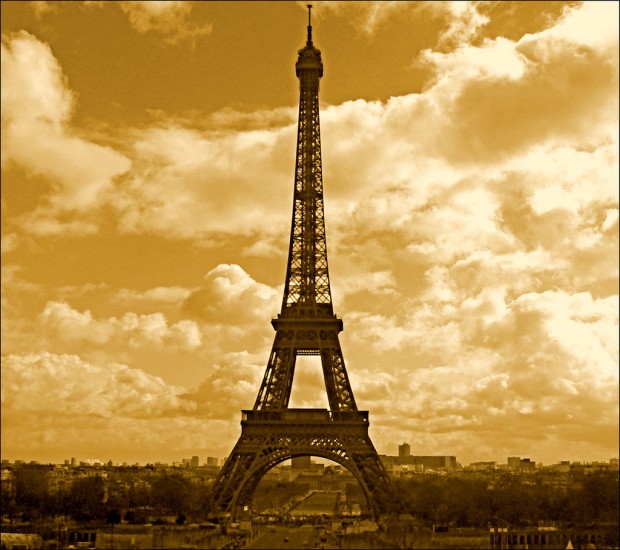I found this post here thought you all might enjoy a little photo history lesson...
Ever clicked the sepia button on Aperture, Lightroom, or your favorite photo app and wondered, “What the hell is sepia?” I bet you have. It’s fascinating how many novice and seasoned photographers alike don’t know exactly what Sepia is. So I figured I’d give you all a little bit of cocktail party ammunition to impress your friends.
In short, sepia is more than that burnt color tone filter readily available in most photo editing programs.
Put simply, sepia is a form of photographic print toning – a tone added to a black and white photograph in the darkroom to “warm” up the tones (though since it is still a monochromatic image it is still considered black and white). Sepia began in earnest in the 1880s, partially to make photographs look better, but also because the chemicals involved in Sepia aided in slowing down the aging of a photograph. A preservative of sorts.
What the hell is this toner stuff? Sepia toners are chemicals that work to convert the traditional metallic silver in the print to a sulfide-based compound, which can be applied in varying degrees of intensity depending on how “warm” the desired effect of sepia is. There are a few different compounds that can create this effect. In addition to the color shift, these sulfide compounds act as better ‘shields’ of sorts than the traditional metallic silver, and prevents environmental pollutants from damaging the print, in many cases giving the print a 50% longer life.
So, summarily, sepia has both form and function. Sure it’s a button in your fav photo editor. But at its core, it is 130 year-old creative toning process with roots as both an artistic ‘color’ statement and an enhancer of the archival qualities of a printed photo to help a printed image deteriorate more slowly.
More info for photo geeks that want to go deeper, here on wikipedia.

No comments:
Post a Comment